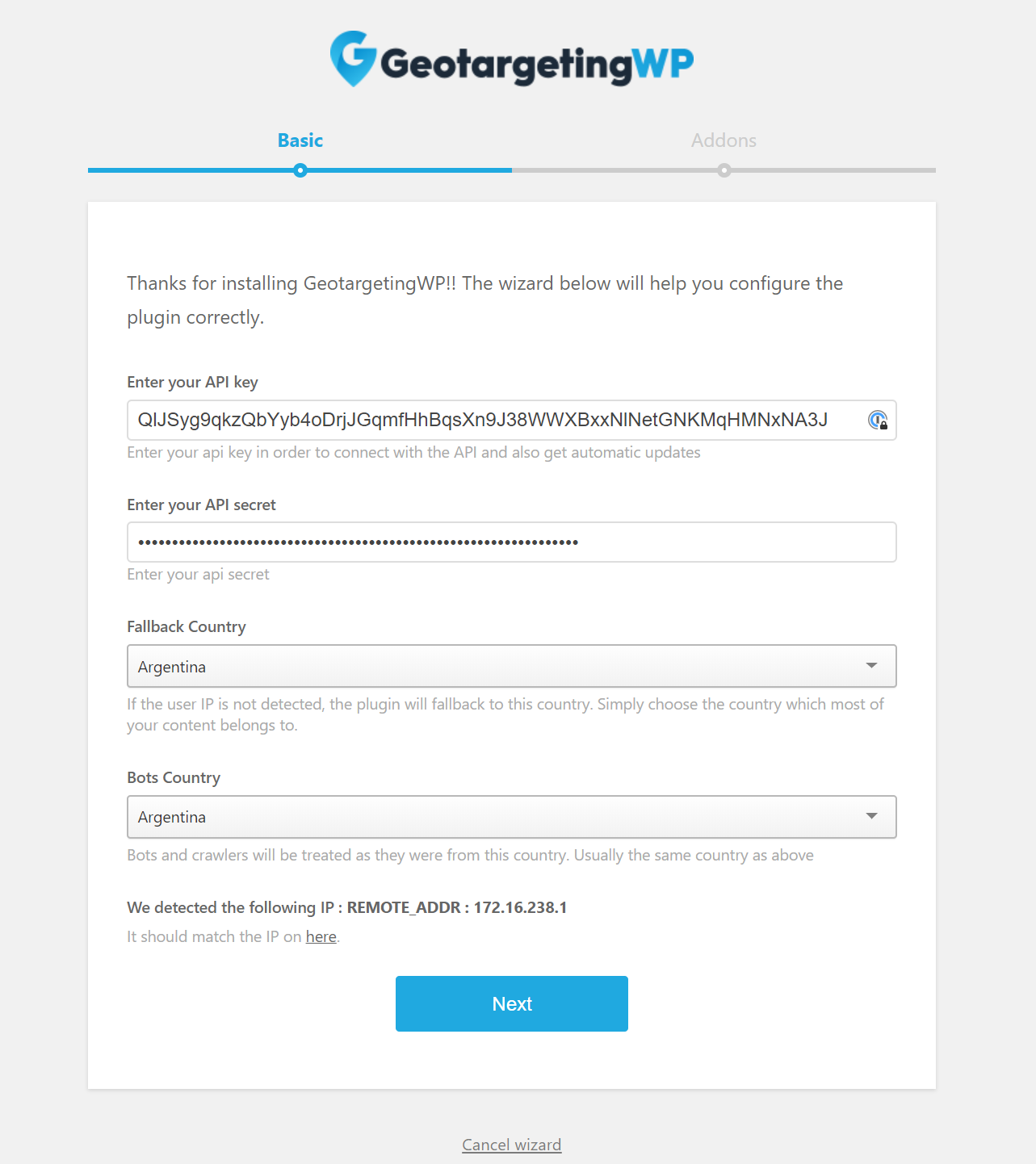

- Local by flywheel domain gets redirected to original page install#
- Local by flywheel domain gets redirected to original page license#
Local by flywheel domain gets redirected to original page install#
I set up the email for my client, then Comodo was able to verify ownership when I received that email.Ģ – At iPower web hosting, you have to first purchase the SSL certificate, then go back to the SSL area in the control panel and tell iPower which domain to apply the certificate to.ģ – At Host Gator, I had a client who has two domains for which we needed to install the SSL (a current domain and an older domain that was pointing to the new domain). Comodo needed to send an email to an address that didn’t exist to get the domain verified. However, this client’s zone records were never propagating to the web, so Comodo couldn’t verify the domain. Blue Host’s SSL process involves adding some CNAME records to your DNS Zone File which allows Comodo to verify that this domain resides at this web host. I was on the phone with Blue Host a few times amounting to about 2 hours of my time to finally get it all worked out. Domain issues with getting SSL installed:ġ – I had a client on Blue Host for whom the SSL was not able to be verified by Comodo.

You should never see your site under two different domains as that will cause a duplicate content penalty from Google.Īlso, be aware that if you have older domains or parked domains that you need to redirect to your primary domain, you may want to install SSL on those as well as Google may index the old domain with SSL and the 301 redirect does not take place until AFTER the https check is done.
Local by flywheel domain gets redirected to original page license#
Host Gator will allow you to install a free Let’s Encrypt SSL certificate but it requires contacting their support and must be renewed manually every three months, so I would opt for their $39 license instead.īe sure to install the SSL certificate on both the You’ll want to make sure that all URLs resolve to your primary URL using the https, for example:ĭepending on what your preferred domain is. WP Engine, Get Flywheel, Blue Host, and many other web hosts offer free SSL. You should be given several options to choose from. Login to your web hosting control panel and search for SSL. Many hosts are now offering free Let’s Encrypt SSL certificates or other options via your web hosting control panel. How do I install SSL on my WordPress website? Step 1 – Purchase and install an SSL certificate It’s definitely a process, and you will want to do this when you have a clear head, a clear plate, and not a lot of traffic going to the site. The process takes about one hour start to finish, mostly to allow for time to double-check everything, contact your web host if needed, fix insecure content, and make changes in Google Analytics and Google Search Console. According to Search Engine Land, we may see 70% of page one results on the Search Engine Results Page going to sites using https by the end of 2017.Īll site owners should prioritize installing SSL on their sites as soon as possible, particularly if they have web forms. Starting October 2017, Chrome (version 62) will show a “NOT SECURE” warning when users enter text in a form on an HTTP page, and for all HTTP pages in Incognito mode. When the SSL certificate is installed correctly and all the URLs use https, users will see a lock icon in their browser URL field indicating that the site is secure. To establish an SSL link, you need to install an SSL certificate on your website and then change all the URLs on your website to use https instead of http. This is particularly important for forms to encrypt the information the site visitor is entering in the form as it passes to the server. This link ensures that all data passed between the web server and browsers remain private and integral. SSL ( secure sockets layer) is the standard security technology for establishing an encrypted link between a web server (web hosting account) and a browser (your website). What is SSL and why do I need it on my website?


 0 kommentar(er)
0 kommentar(er)
